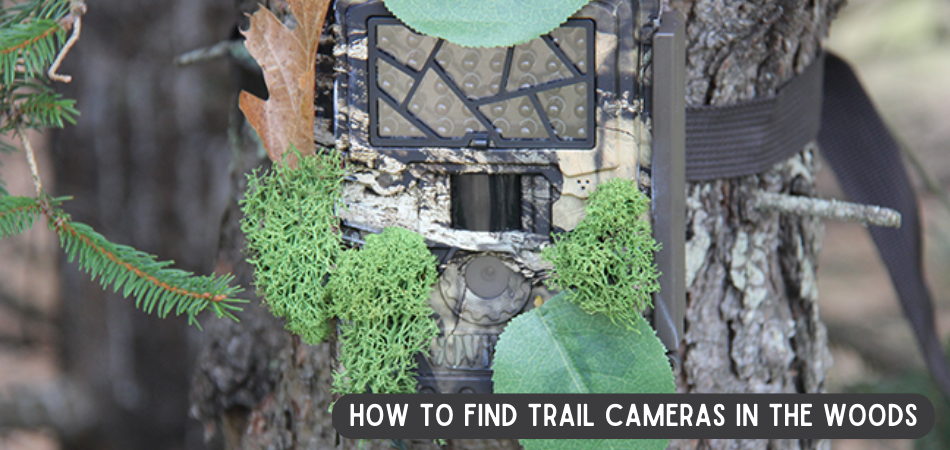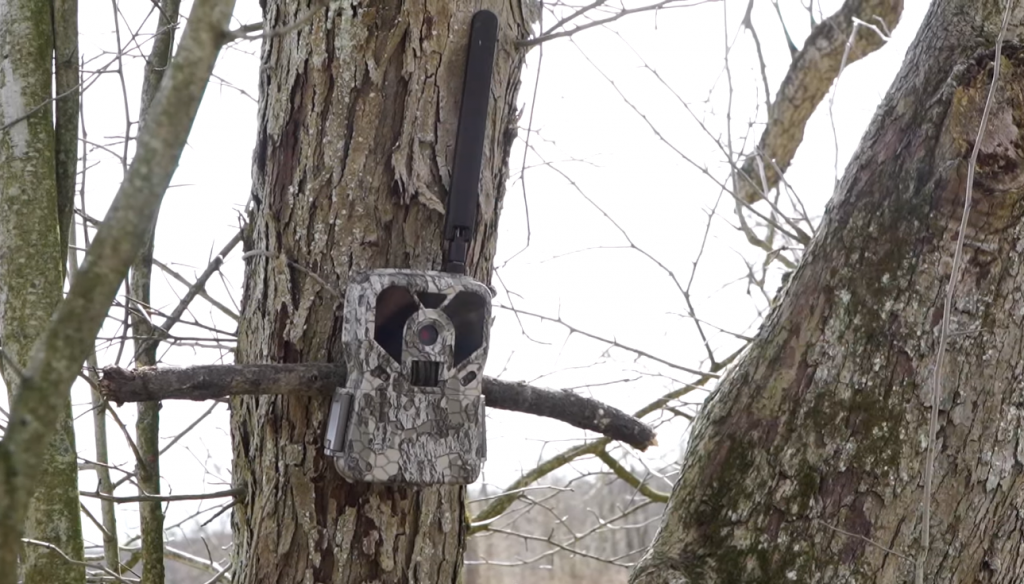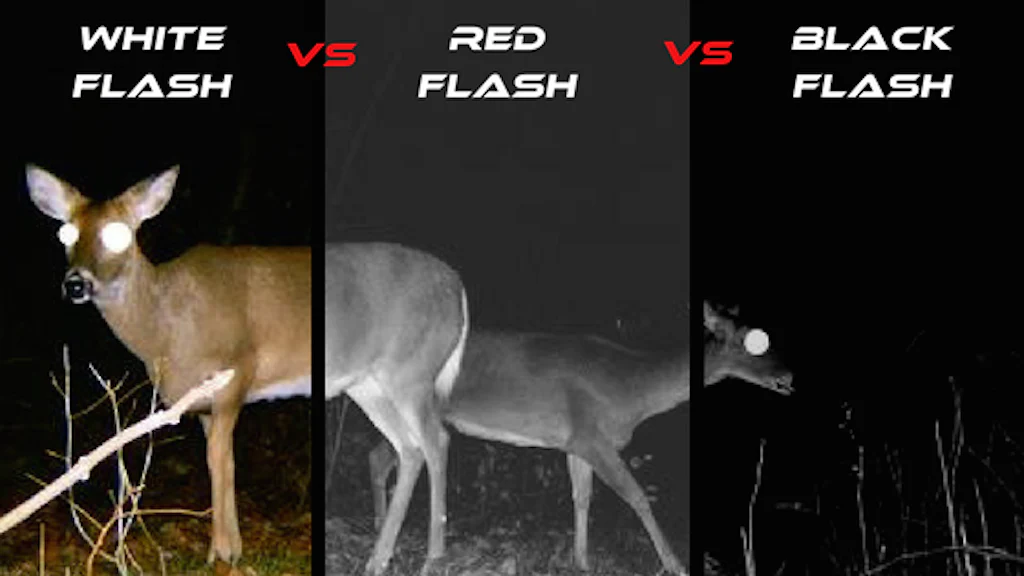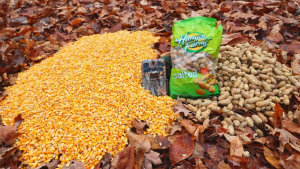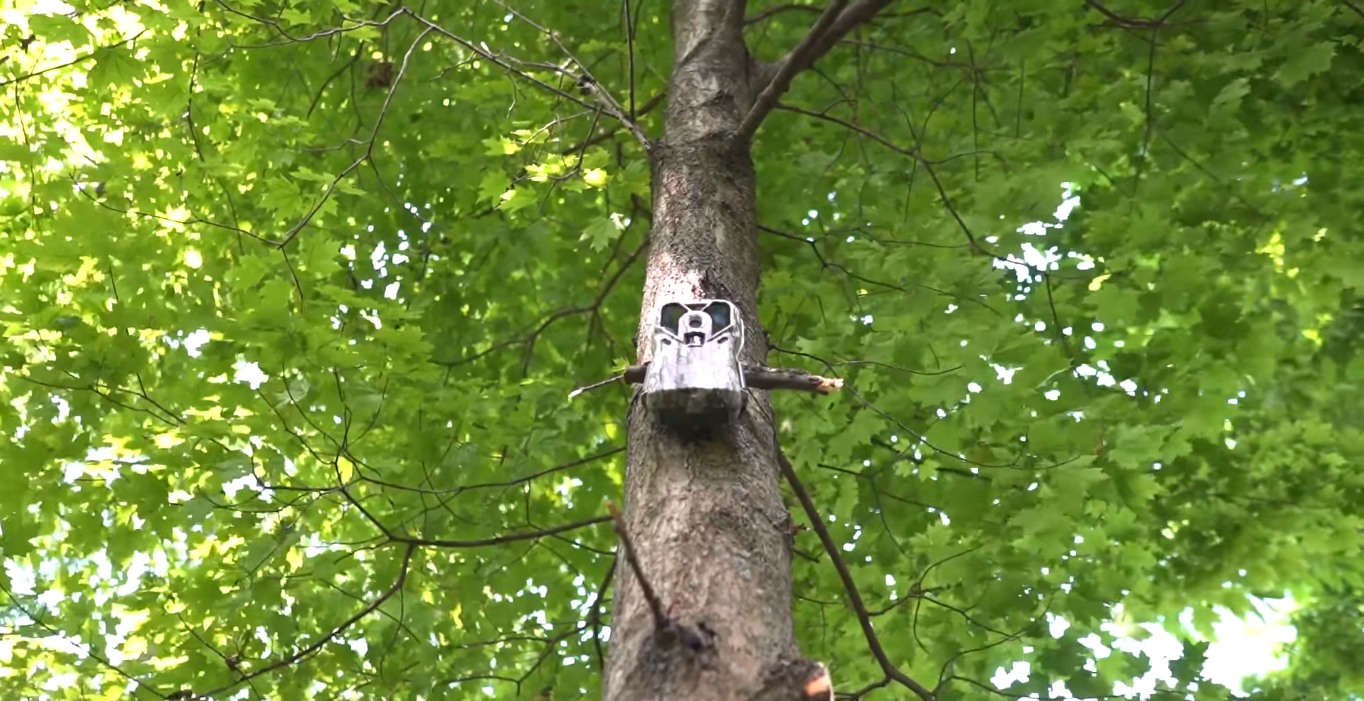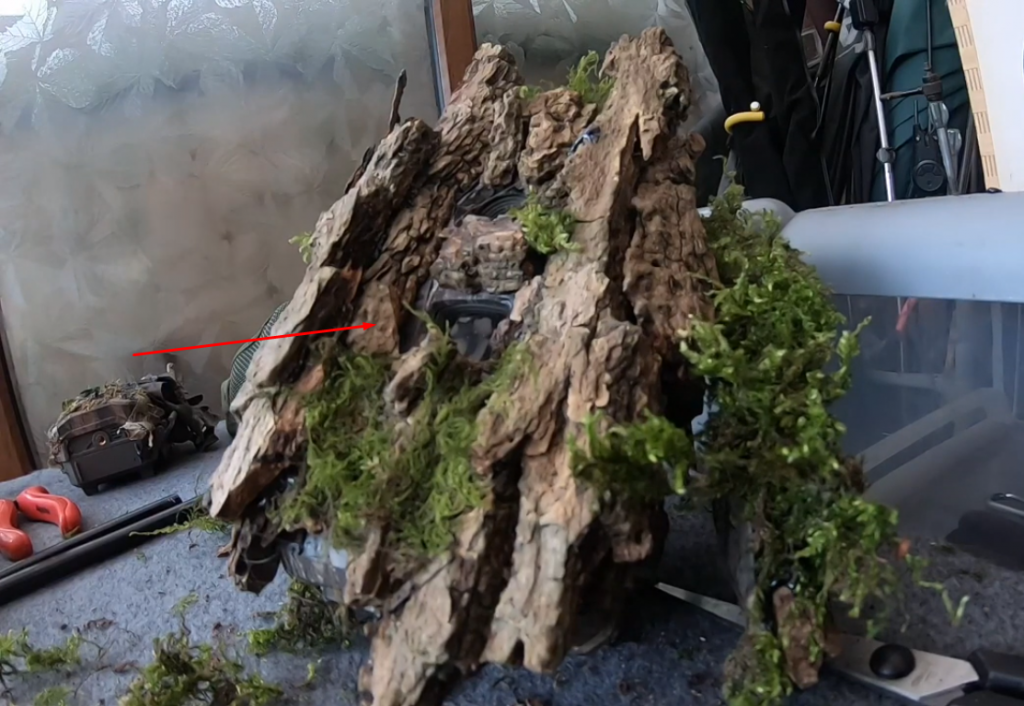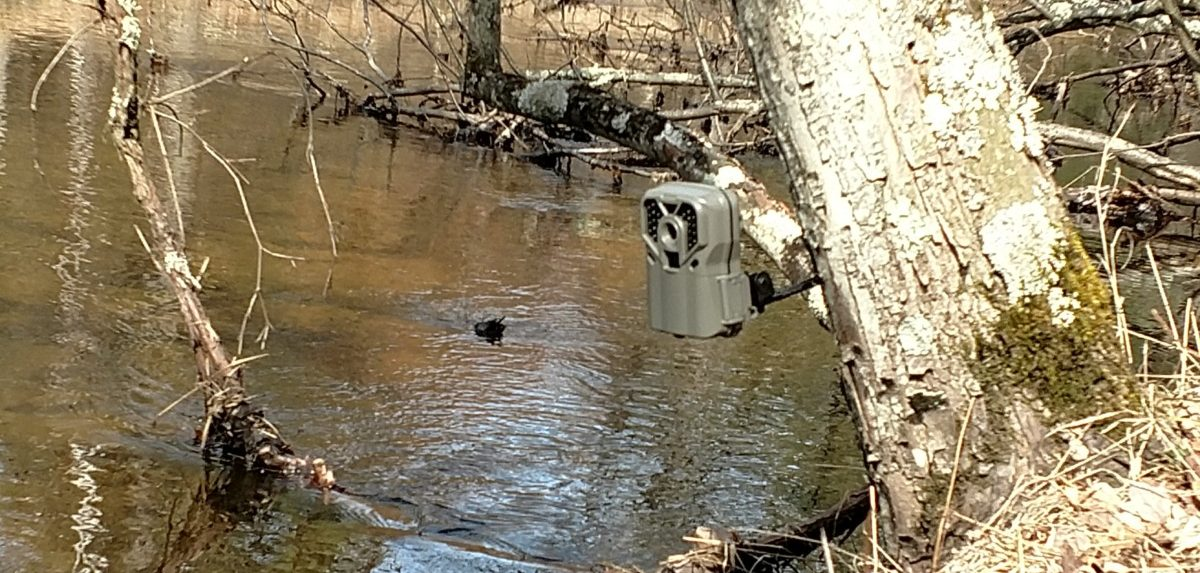We believe you already know how helpful trail cameras are since you are already here. These cameras play a huge role in hunting, wildlife research, catching thieves, and more. But, due to their compact size, it often becomes difficult to track them. So, how to find trail cameras in the woods?
Finding Trail cameras can be a difficult task, and you can have a hard time finding them. There are many methods to find them. But, the easiest methods are to use a GPS or the camera flash.
This guide is worthwhile reading when you’re using a trail camera for the first time and have trouble finding it in the woods when you want to retrieve it. Well, this article will cover all techniques that will quickly enable you to locate trail cameras.
How To Find Trail Cameras In The Woods?
We often forget where we left our trail cameras in the woods. So, down below, we will discuss a few of the most common and effective methods to find your trail cameras
Remembering the Camera Shade
This is the first technique you can use to find your camera. It is important to know your camera model well. If you do not see the color and shape of your camera, then finding it can be daunting.
If you correctly remember the camouflage pattern, then you can easily detect it even in dense grass. You will be able to identify the color of the shrub you have set the camera on if you are familiar with its appearance.
Additional GPS Tracker
Modern-day cameras come with built-in GPS trackers, but you can buy them from the market if they don’t. GPS trackers are not that expensive and pretty easy to find. These small trackers make it a very easy task to find out the exact location of your cameras.
All you need to do is buy a GPS tracker and attach it to your trail camera. Its little size makes it simple to conceal within the device. Ensure the GPS tracker is securely attached to your trail camera. You can quickly locate the camera by keeping track of its location through your smartphone.
Using Camera flash
The sort of flash your camera uses might assist you in locating the camera in the dark. So, your camera will automatically emit a flash during the night to capture clear photos. Here you will need to know what type of flash your trail camera is using.
- Infrared Light (Red Flash) – These emit a red-like light and are best for capturing pictures and videos at night. The IR isn’t that bright, but when you walk closer to your camera, you will see a very dim bright light which will make it easier to find in the dark.
- Black Light – Black flashlights are the most difficult to detect in the dark as they do not emit any sort of bright light. So, if your trail camera has a black flash, you will need to look for other methods.
- White Flash – These are the brightest lights in trail cameras and the easiest ones to detect at night as they are very bright. However, this type of light can often scare the animals in the dark. But, it’s pretty helpful in catching thieves
Know About the Common Locations
This is another important way to detect your trail camera easily from the woods. Before placing your camera, you must adequately know where you are keeping it.
Food Hives
Trail cameras are typically placed nearer to places where wildlife congregate to eat. Thus, these monitoring cameras are positioned at a decent distance from the feeding stations. As a result, if you spot food in the forest or among trees, be aware that a trail camera is nearby.
High Branches on Trees
One of the most popular places to install trail cameras is in the high branches of large trees. So, when you search for it, keep an eye out for the tops of the tall branches, a common hiding place for trail cameras.
Search For Lenses
There must never be any covers on the camera lenses for there to be clean images. It is also necessary to reveal the sensors. So, while keeping an eye out for your camera, look for anything black and round.
How To Hide Trail Cameras In Woods For Easy Find?
If you are a photographer, hunter, or even wildlife researcher, then trail cameras are important for you. Thus, it is essential to understand how to hide them properly in the woods for uninterrupted photos and videos. Read below to learn more about hiding trail cameras.
Tall Trees
Trail cameras can usually cover a huge area. Hence, it is essential to place the camera at such an angle from where it can take clear pictures. So, tall trees are a good choice.
You must pick a strong limb or tree with a front opening where you may place your camera. This will enable your trail camera to easily and constantly take photos and videos while covering a broad region.
Use Camouflage Technique
Make use of the surrounding vegetation to conceal your trail camera. Choose tree-matching leaves and stems around the location where you installed your camera.
Another option is to purchase complementary artificial bushes and glue them into position to create the appearance of vegetation where there isn’t any.
Use Birdfeeder or Rock to hide cameras.
Another excellent way to conceal your trail camera is to embed it within various items. For example, you could bury it behind a wood plank or faux stone. Put your environment to your advantage.
The trail camera may also be positioned within the birdfeeder. But, whatever you do, ensure that the lens isn’t covered by anything, or there won’t be clear pictures.
Keep It High
To keep it out of view and hidden from predators, make sure to place your camera at a minimum of a few feet beyond human grasp. Therefore, be sure you hang it from a tree or extremely high limb.
Read Also: How to Program a Trail Camera
Where Is The Best Place In The Woods To Set Up A Trail Camera?
Setting trail cameras perfectly is a work of skill and experience. You would always want the best view as a hunter or a photographer. From our experience, we have found a few of the best places where you can place trail cameras.
Small Ponds and Rivers
One of the prime locations for your trail cameras is around ponds and rivers where animals gather to drink water. Here, a sizable number of animals arrive at night, and you may take an endless number of photos and videos.
Food Sources
While animals are in their usual summertime habits, the border of a field or large fruit trees can be a great place for positioning your trail cameras. If you have accessibility to farmlands, go around the outside of them to find worn-out tracks that animals use to approach and depart the farms, then set up your camera there.
FAQ’s
This section is all about FAQs related to our discussion today, which will further help you understand the topic.
Can trail cameras be viewed remotely?
Yes, the majority of current trail cameras allow for remote viewing. A trail camera’s images can be watched online or downloaded to a mobile device. From a computer, the cam options may be remotely changed. You cannot see a camera remotely if it does not allow Bluetooth or wireless settings.
Do trail cameras notify you?
Yes, they can notify you. Cellular trail cameras using Applications on smartphones or clientele on Computers may offer you prompt alerts whenever they record movements and special situations. You can then take prompt action as landowners or photographers.
Can you watch a trail camera from your phone?
You can view your trail camera on your smartphone. There are several methods to link your smartphone to your trail camera. The standard techniques include using WIFI and Bluetooth. However, not every camera can be connected to your phone. Hence, it is important to properly check the camera’s features before buying it.
How often should you check trail cameras?
Checking your trail camera too frequently can bother passersby, so avoid doing so. You may typically examine your camera every two to three weeks. Whenever it relates to monitoring cameras in the summer, more is not always the merrier.
How high off the ground should a trail camera be?
Although there isn’t a standard height, it’s normally ideal for maintaining trail cameras at a moose’s peak, which is around 3 feet tall. Sometimes, though, you may have to get down to prevent branches. Put the cams 6 to 7 feet taller or out of the way if you think the deer may be startled by its existence.
Conclusion
It can often be tricky to find trail cameras. Hence, if you are working with trail cameras, then it is essential to know how to find them. Hence, today in this guide, we discussed all the techniques for finding trail cameras. We also talked about hiding them for hunting, photography, or even catching thieves.
But it doesn’t matter where you are putting your trail camera, and the lens must have a clear view for clicking perfect pictures. Also, Trail cameras can be a good tool to detect unwanted burglaries in your home.
Modern trail cameras have improved no glow capabilities that prevent red light from being emitted while taking photos or recording movies. Thus, you may be informed of prospective home invasions by putting a sophisticated trail camera in your home.

